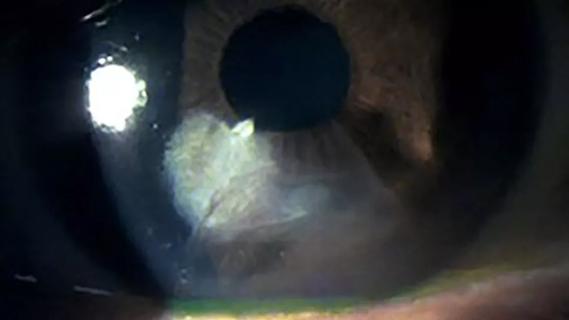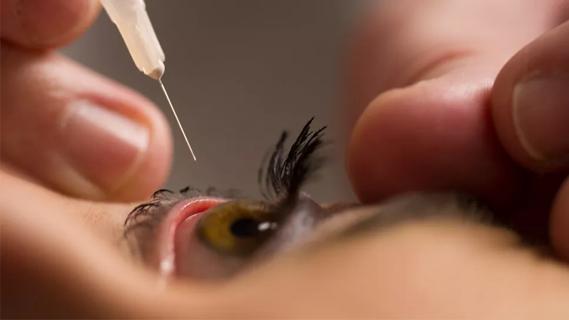Advertisement
Conventional care is still the gold standard procedure

Traditional glaucoma filtration surgery, commonly performed as a trabeculectomy, is the gold standard for patients who have failed glaucoma medical or laser therapy, or who have advanced glaucoma. Used in open- or closed-angle glaucoma, it has a significant lowering effect on intraocular pressure (IOP) that prevents further vision loss and slows or stops disease progression.
Advertisement
Cleveland Clinic is a non-profit academic medical center. Advertising on our site helps support our mission. We do not endorse non-Cleveland Clinic products or services. Policy
The techniques and after-effects of conventional surgery are well-known. The approach has been performed for about 40 years with only minor modifications, such as the use of microsurgical instruments, new suture material and advanced healing adjuncts. Newer minimally invasive approaches have attracted interest and become increasingly popular among patients and surgeons in the last few years.
Demand for safer glaucoma surgery that offers patients a timely surgical solution to reduce IOP and improve quality of life has increased, challenging traditional glaucoma surgery with the advent of innovative techniques and new glaucoma implants.
“Different surgeons are drawn to different approaches,” says ophthalmologist Edward Rockwood, MD, “but long-term follow-up data on the newer, less invasive techniques are relatively sparse.” According to Dr. Rockwood, some glaucoma surgeries gradually fail over a long period of time. This may happen somewhat faster with some of the minimally invasive procedures.
The new technologies and devices, known as MIGS, aim to lower IOP with a higher safety profile than fistulizing surgery (trabeculectomy/drainage tubes). Their main advantage is that they are bleb-independent procedures that avoid the uncommon major complications of traditional surgery, i.e., bleb infection and hypotony.
Advertisement
In addition, most of the MIGS procedures can be performed quickly and have a more rapid visual recovery than traditional surgery. The downside of MIGS is that some of the procedures produce a limited IOP reduction compared with conventional trabeculectomy. Some patients with more severe glaucoma may benefit more from a trabeculectomy or tube procedure.
The latest approaches include ab interno MIGS, such as excimer laser trabeculotomy, trabecular micro-bypass, suprachoroidal shunt and intracanalicular scaffold. Ab externo MIGS include canaloplasty, Stegman Canal Expander and suprachoroidal Gold micro-shunt. Currently, MIGS approaches and techniques are best-suited to glaucoma patients with early to moderate disease, preferably in combination with cataract surgery.
Each approach has its advantages and drawbacks. For example, ab interno trabeculotomy uses the Trabectome device. It relies on high frequency electrocautery to ablate the trabecular meshwork (TM) and inner wall of Schlemm’s canal (SC). Advantages include removal of the area of greatest resistance to aqueous outflow and tissue debris, which may reduce inflammatory stimuli, and as a result, potential post- surgical scarring. Complications include IOP spikes on the first day and intraoperative blood reflux from SC with subsequent hyphema.
Prerequisites for successful application of the new technologies and techniques include understanding the different principles of devices, proper surgical training and careful patient selection. However, clinical experience is growing but still somewhat limited, as is clinical evidence. Some procedures are still under investigation.
Nonetheless, says Dr. Rockwood, surgeons are picking and choosing their armamentarium from minimally invasive glaucoma procedures. “It has played a bigger role in the last couple of years than it has in the past, but I can’t see it replacing traditional surgery,” he says.
Read more Glaucoma related articles here.
Advertisement
Advertisement

Skin conditions could indicate risk of complication after surgery for retinal detachment

New study counters earlier findings linking drugs with eye disease

Review shows that the disease isn’t only in young women with obesity

Only 33% of patients have long-term improvement after treatment

Studies continue to indicate effectiveness and safety

Study highlights the value of quantitative ultra-widefield angiography

Switching medications may decrease treatment burden and macular fluid

Interventions abound for active and stable phases of TED